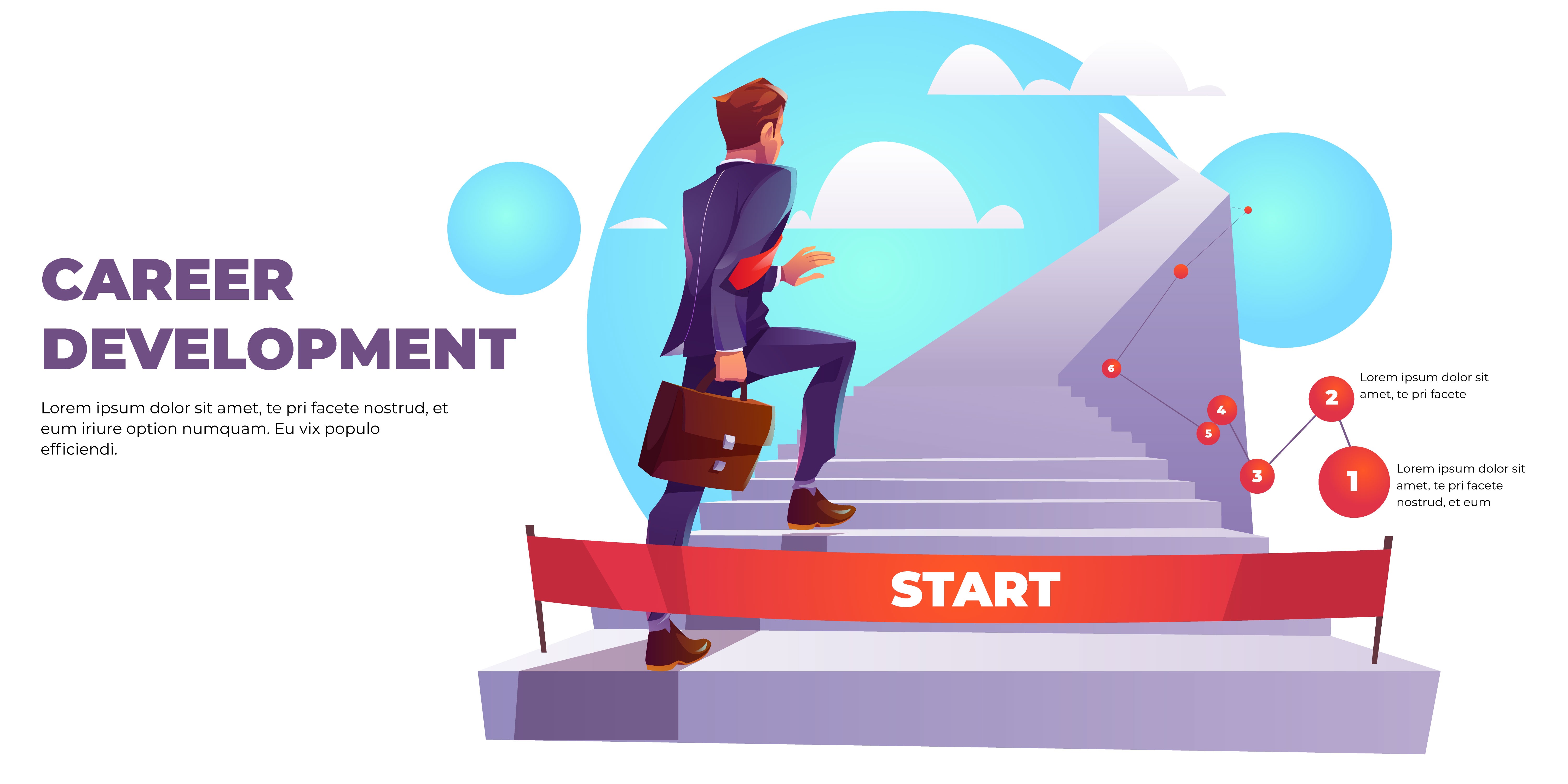

We have a database of over 11,000 colleges all over India.
Connect with us to find your perfect fit!
Blog
26 November,2021 | By Brainwonders

Traditional means of employee development and advancement within a business include career paths and career ladders. Career ladders are a series of occupations in a company's unique occupational categories that are graded from top to lowest in terms of responsibility and income. Career routes include classic vertical career ladders, dual career ladders, horizontal career lattices, career progression outside the organization, and encore careers, among other types of career progression.

While your employer can assist you to advance in your current position, it's up to you to plan your long-term career goals and create a map that shows where you are now, where you want to go, and how you'll get there.
Career mapping is a strategy that managers and HR professionals can use with employees during career planning talks. Employees can use career maps to think strategically about their career trajectories and how to achieve their goals within the organization rather than leaving it to move forward.
A career map should be used as a tool to help individuals navigate the short- and long-term stages required for professional development. This "map" should be specific to your objectives and will help you enhance your output, identify prospective possibilities, and track your progress and achievements.

To begin constructing your map, do an honest assessment of where you are in your career right now to determine which way you want to travel. Begin by assessing your hard and soft talents in terms of strengths and weaknesses, as well as any gaps in your knowledge. Make a list of what you're passionate about and what you don't like about your current position. The more in-depth your examination, the easier it will be to establish what has to be done to reach your career objectives.
You'll need to outline your endpoint or ideal destination in the same way you determined your starting place. Rather than setting a generic objective, such as a salary range or industry, makes your goal specific and measurable so you can tell when you've achieved it. If you're aiming for certain employment, write down the job description as well as the education and skills you'll need to succeed. Determine whether you want to stay with your current employer or move to a competitor. If you want to own a business, make a list of the skills, resources, and contacts you'll need to get started. Whatever path you choose, make sure to research what characteristics are required to succeed in that industry, as well as network with people in comparable roles to obtain a better grasp of what they do.
Recommended Read: Career Counselling in Delhi
You'll need to develop short and long-term goals to connect the two points once you know where you are and where you want to go. It should be easy to determine what you'll need to work on to go to where you want to be now that you've established the talents you have in your current employment and the competencies you'll need to reach your career objective. Setting smaller short-term goals that you can check off as you go will help you recognize how far you've come while also making the task of obtaining your end goal appear less onerous. Your short-term objectives should be attainable, and they might include taking on new tasks in your current position to widen your expertise or working on strengthening some of your soft skills. However, it is still acceptable to have certain long-term objectives.
It's crucial to cultivate contacts that will assist you in advance where you are in your work journey if you want to reach your goals. It's critical to inform your boss if you desire to advance at your current job. They might be able to provide you with training or new projects to assist you to build abilities you didn't know you had to help you advance in your career. Furthermore, they may not have been aware of your objectives earlier, so confiding in them demonstrates your passion and commitment to the organization, which they should consider an asset. Whether you plan to stay at your current business or look for something new, you'll also want to build a network of like-minded people to assist you to navigate your career path. Joining professional organizations, attending conferences or networking events, and, most crucially, finding a mentor are all options. A good mentor would be someone in a position similar to yours, so they can advise you on how to attain your objectives from a personal standpoint. Whether your connections are within or external to your firm, you will benefit greatly from the constant feedback and assistance throughout your career.
Recommended Read: 5 Errors in Career Planning
All of this is to say that career maps are not set in stone and should evolve as your career progresses. It's fine if your objectives alter over time, as long as they're specific. The most important thing is to be adaptable and to keep your plan up to date. Set aside time, whether it's quarterly or yearly, to assess how your career map is progressing and whether any changes are required. There will undoubtedly be setbacks along the way that alter your course, but if you keep focused and disciplined, you will have a much better grasp of what you need to do to achieve where you want to go.
Fill the form to know how!